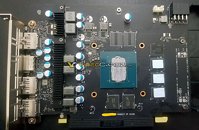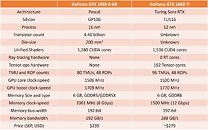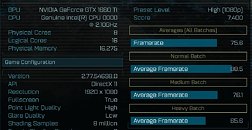
Tight Squeeze Below $350 as Price of GTX 1660 Ti Revealed
NVIDIA is reportedly pricing the GeForce GTX 1660 Ti at USD $279 (baseline pricing), which implies pricing of custom-designed and factory-overclocked cards scraping the $300-mark. The card is also spaced $70 apart from the RTX 2060, which offers not just 25% more CUDA cores, but also NVIDIA RTX and DLSS technologies. In media reporting of the card so far, it is being compared extensively to the GTX 1060 6 GB, which continues to go for under $230. Perhaps NVIDIA is planning a slower non-Ti version to replace the GTX 1060 6 GB under the $250-mark. That entry would place three SKUs within $50-70 of each other, a tight squeeze. Based on the 12 nm TU116 silicon, the GTX 1660 Ti is rumored to feature 1,536 CUDA cores, 96 TMUs, 48 ROPs, and a 192-bit wide GDDR6 memory interface, handling 6 GB of memory at 12 Gbps (288 GB/s). This GPU lacks RT cores.
























